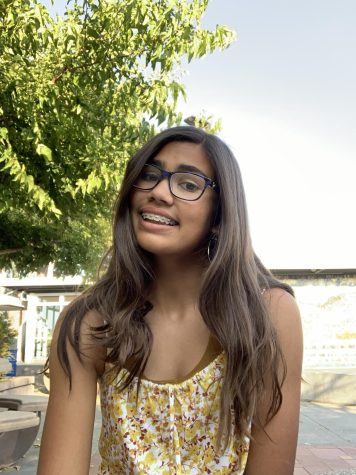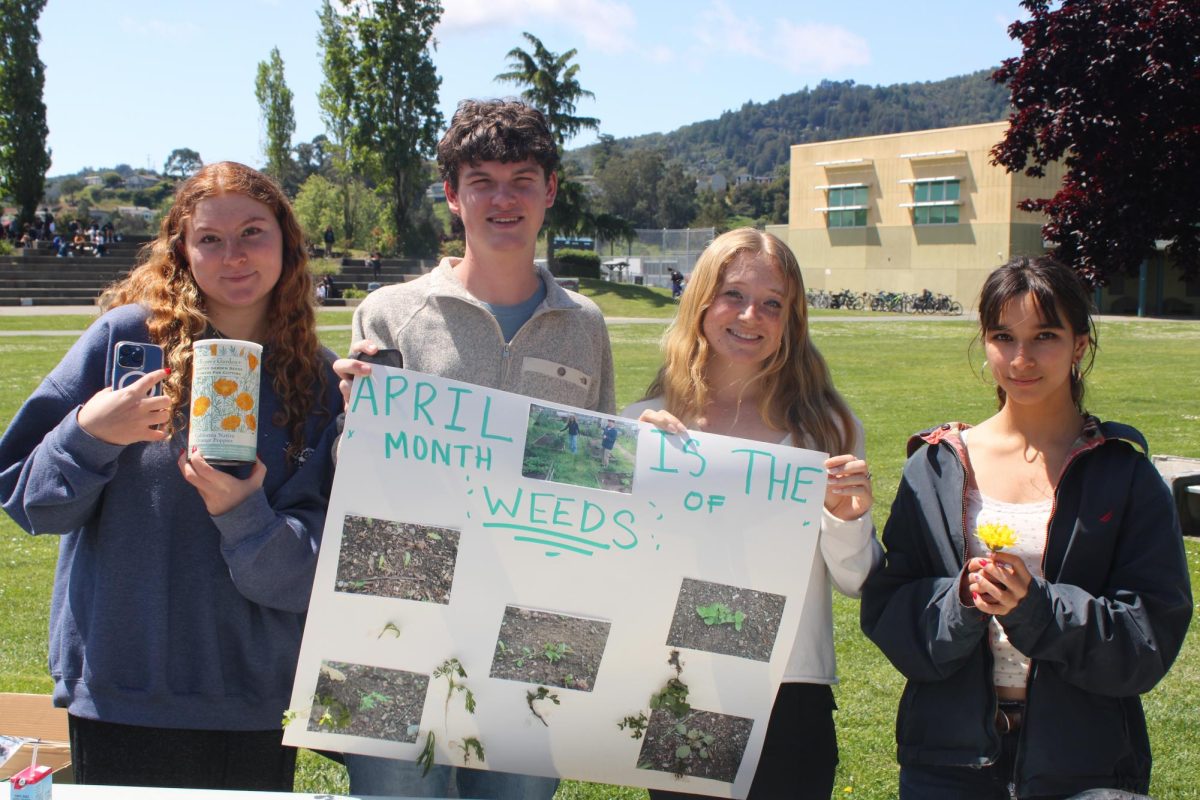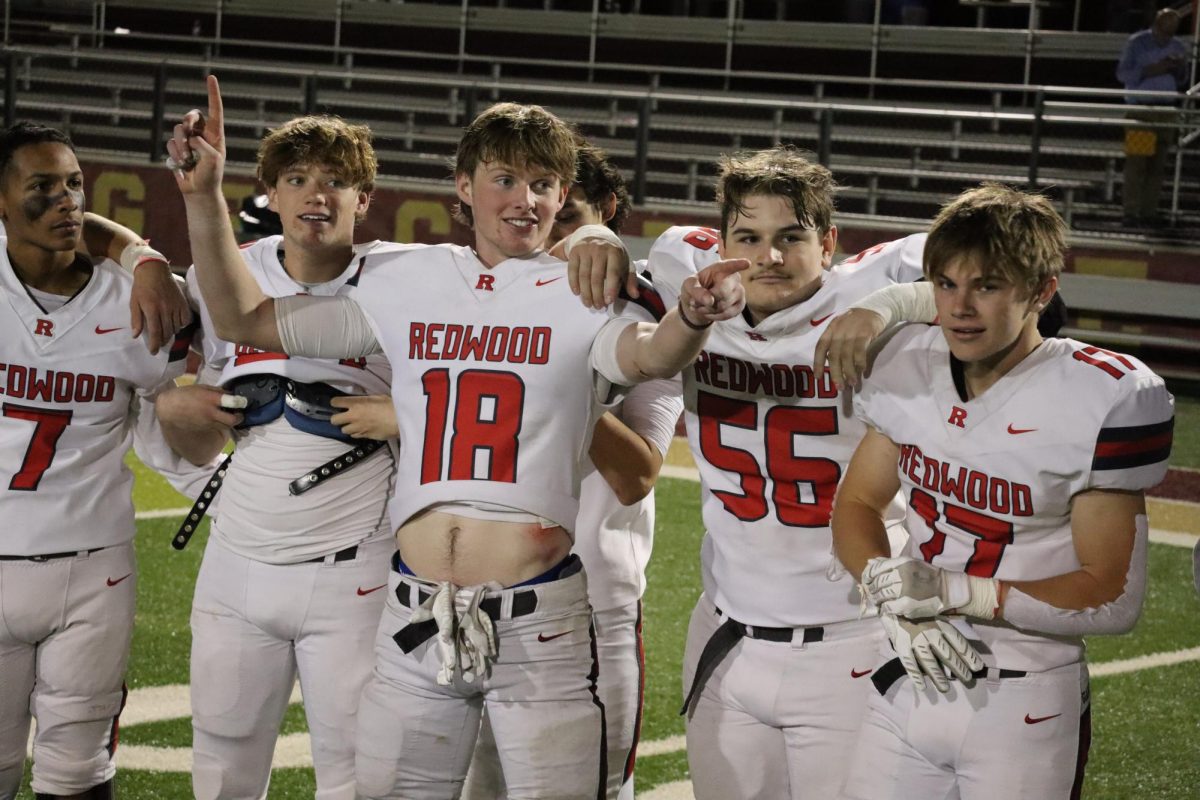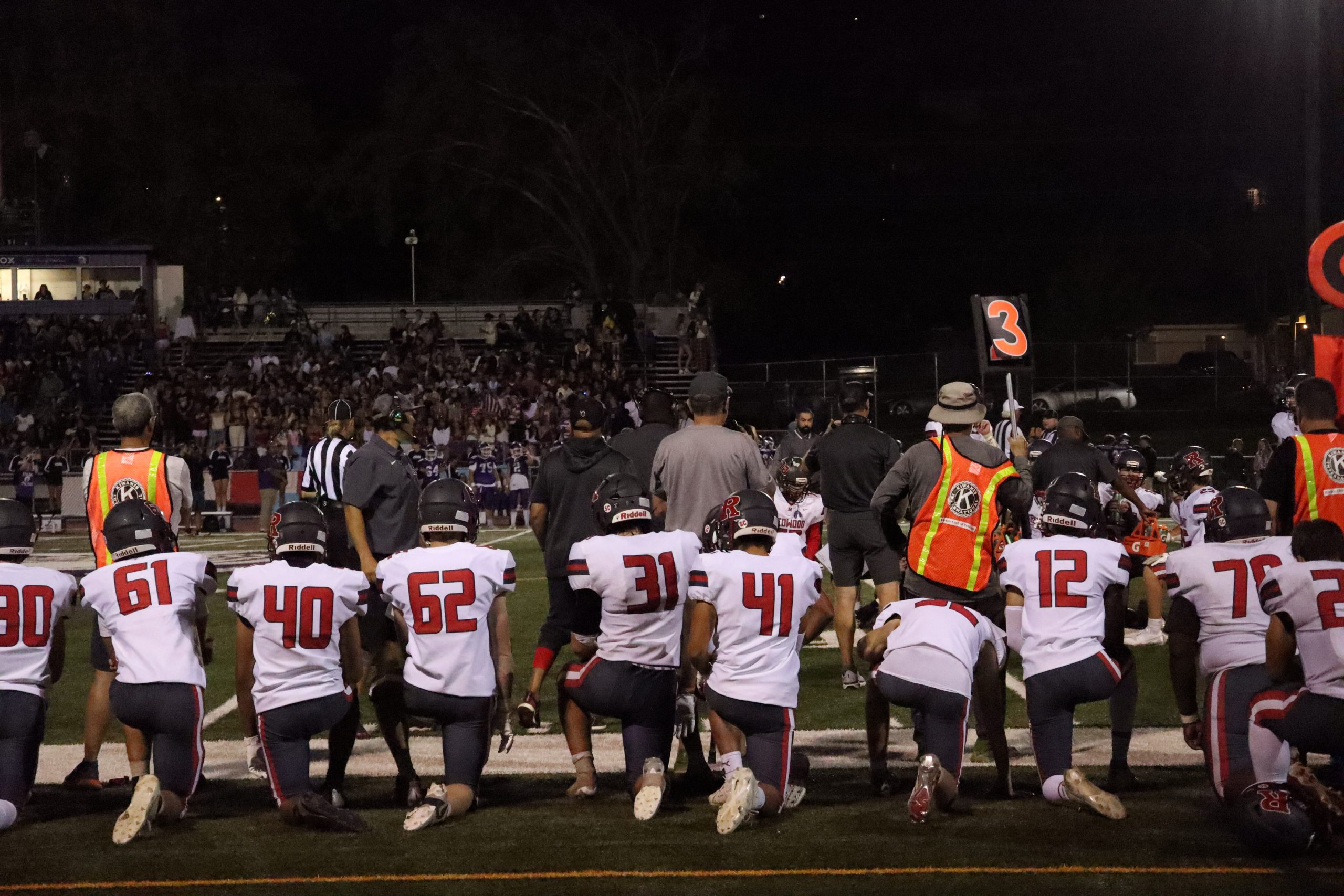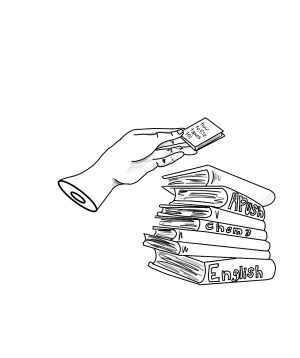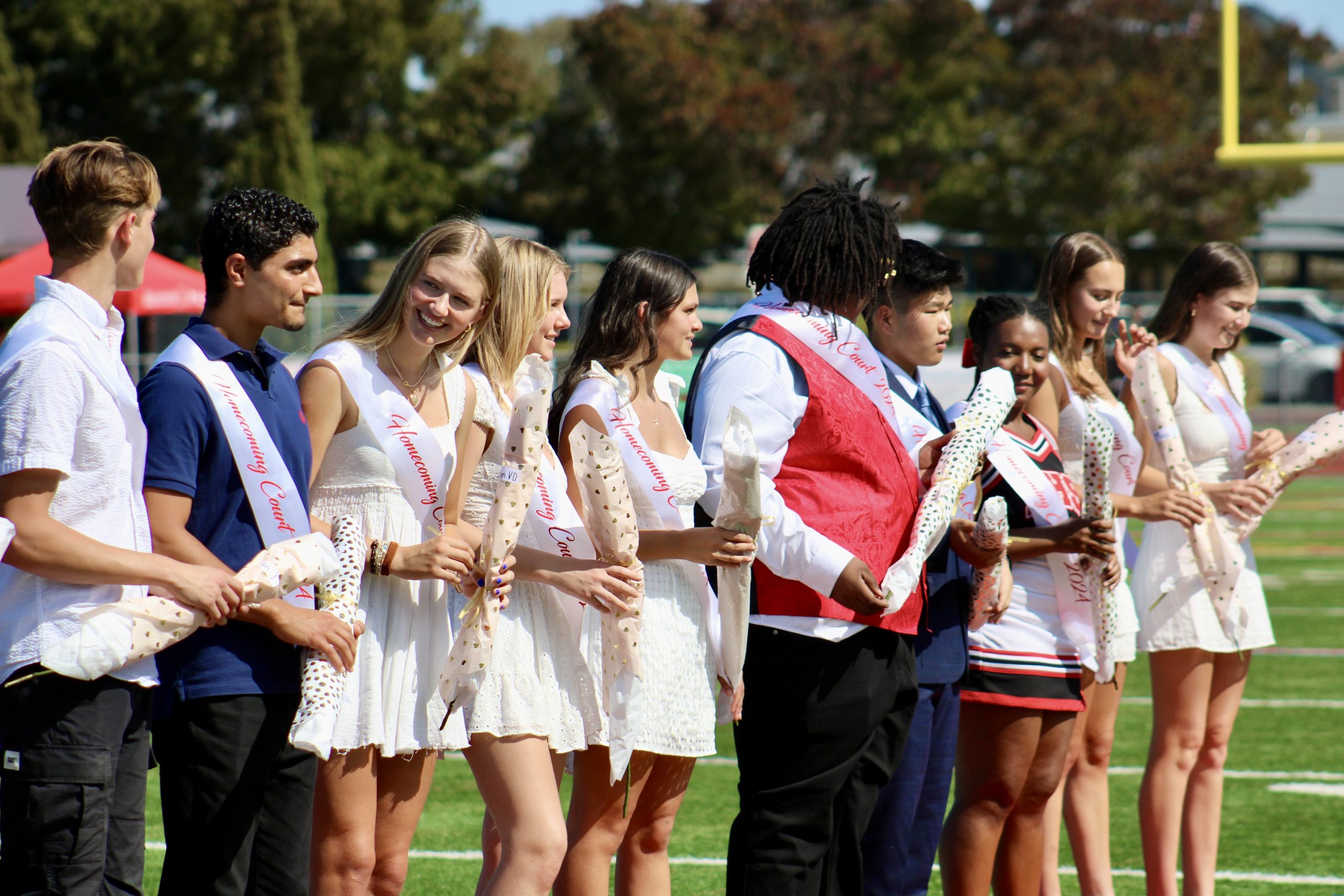The power of a piercing
March 30, 2023
I’ve wanted a nose piercing for a long time. At first, it was a step in my planned senior year glow-up — no braces, no glasses and a piercing to the nostril. It felt cool and careless, two traits that had never quite fit me (example A: My name is SHYla). I hoped it would make me feel different and new, an adult woman leaving behind her awkward tween body.
Around 19 percent of women who have piercings in the U.S. have their nose pierced – across the internet, nose rings and studs, like other forms of body art, are declarations of individuality, adventure and new beginnings. They’ve become even more popular recently, with piercing studios across the U.S. seeing increased requests for nose ornaments.
When I finally confessed my nose ring desire to my mother, she was surprised. One, she didn’t think I was hygienic enough to keep it from getting it infected, and two, she was shocked I didn’t know the significance of nostril piercings, or the nathani, in our Indian culture.
Nose piercings have a long history, thought to be a part of South Asian culture for thousands of years. Though nostril rings and studs have also been recorded in indigenous African and Southern American cultures, they were first documented by Mughal emperors in the 16th century, and some note they’d been described in Sanskrit text decades before that. In India, especially Hindu communities, they served the purpose of signifying a woman was of marriageable age. Or, they gave women a cultural identity, as nose piercings differed by religion, region, caste and class. No matter what the reason was behind the piercing, over all parts of the subcontinent, they held power, giving Indian women a sense of strength and agency.
I didn’t think too much about what my mom initially said, but I promised her that I would wash my face three times a day as proof of my cleanliness. We made a deal: when I got into college — adulthood at its prime — she would let me get a nose stud.
I could feel it, the start of a new Shyla, a new identity.
Nose piercings are also often associated with a Hindu goddess, Parvati, who symbolizes womanhood, motherhood and beauty. Parvati also goes by the name Shyla.
In October, I got into Portland State University, and a wave of relief that I had a plan for the next four years washed over me. More importantly, I could finally get my piercing. But I was scared, so I waited. I started crossing off other things on my list: searching for contact lenses in December and finally getting my braces off in January. Still, I waited, unsure of how the piercing would look on me.
In the South Asian diaspora today, nose piercings are an act of resistance against assimilation and a reconnection to our roots. Though, there’s also conversation of whether the increased popularity of nose piercings in Western beauty has glossed over their history and symbolism.
Last month, I took a leap of faith and finally went into a piercing studio with my mom and sister. Sitting there, paper work done, gold stud chosen out, I began to freak out. Would it hurt? Would I completely and utterly regret it? I began rambling about my ear piercing, which I got as a one-year-old while crying in my doctor’s office. Indian tradition, I said aloud, flagrantly. The piercer, a chatty man with gauges and elaborate tattoos lining his arms, looked at me sharply and asked me which part of India I was from.

I was confused why he asked, but he then told me that women in different parts of India put piercings on different sides of the nose. I felt stupid and naive, and quickly, I scoured the internet for what Northern Indians wear. Left. Left side. My grandma, visiting Bombay right now, would have chastised me, harsher probably than the time I went vegetarian or when I told her I didn’t want to go into STEM, because this is permanent. I’d been, ironically, what I wanted the whole time: careless. I felt ashamed; I had come across one of the most significant rites of passage for Indian-American women, but without intention. I almost shouted it. Left! Left side!
We stopped at the Indian store on our way home. My nose was sore, and I had skimmed the internet the whole way there, learning, taking in the power of the little piece of metal in my nostril, penduluming between rue, love and anger.
The store was small, packed with shelves of ghatia, seven slightly different types of paratha and small tubes of henna. My mom just needed to grab some frozen batata vada before dinner, but I convinced her to buy some of the treats behind the counter. The woman there gave me a nod, choosing each ladoo and burfi carefully. And I saw it. In her nose, on the left, was a purple star stud.
I touched my own, new gold dot, and wholeheartedly loved it for the first time. Yes, because it’s cool, and I feel spontaneous and unpredictable for once, but also because I feel closer to me more than I have in so long — not the “cool new” Shyla, but closer to my culture, my namesake and the woman behind the counter who studied my piercing, smiling (we’re both lefties).
The little piece of gold in my nostril has let me love the face, skin and heritage I’ve often wanted to hide. As the days passed since I got it, I feel more confident and beautiful, especially as I know what this piercing means to me and my ancestors. It’s a reminder of learning, but also of rebellion and love and my past.
So I leave you with this: what we choose to do with our bodies, the piercings, the ink, the jewels and the art, can make us feel powerful — in who we are, but also where we come from. Because in the end, that is all that truly matters.

